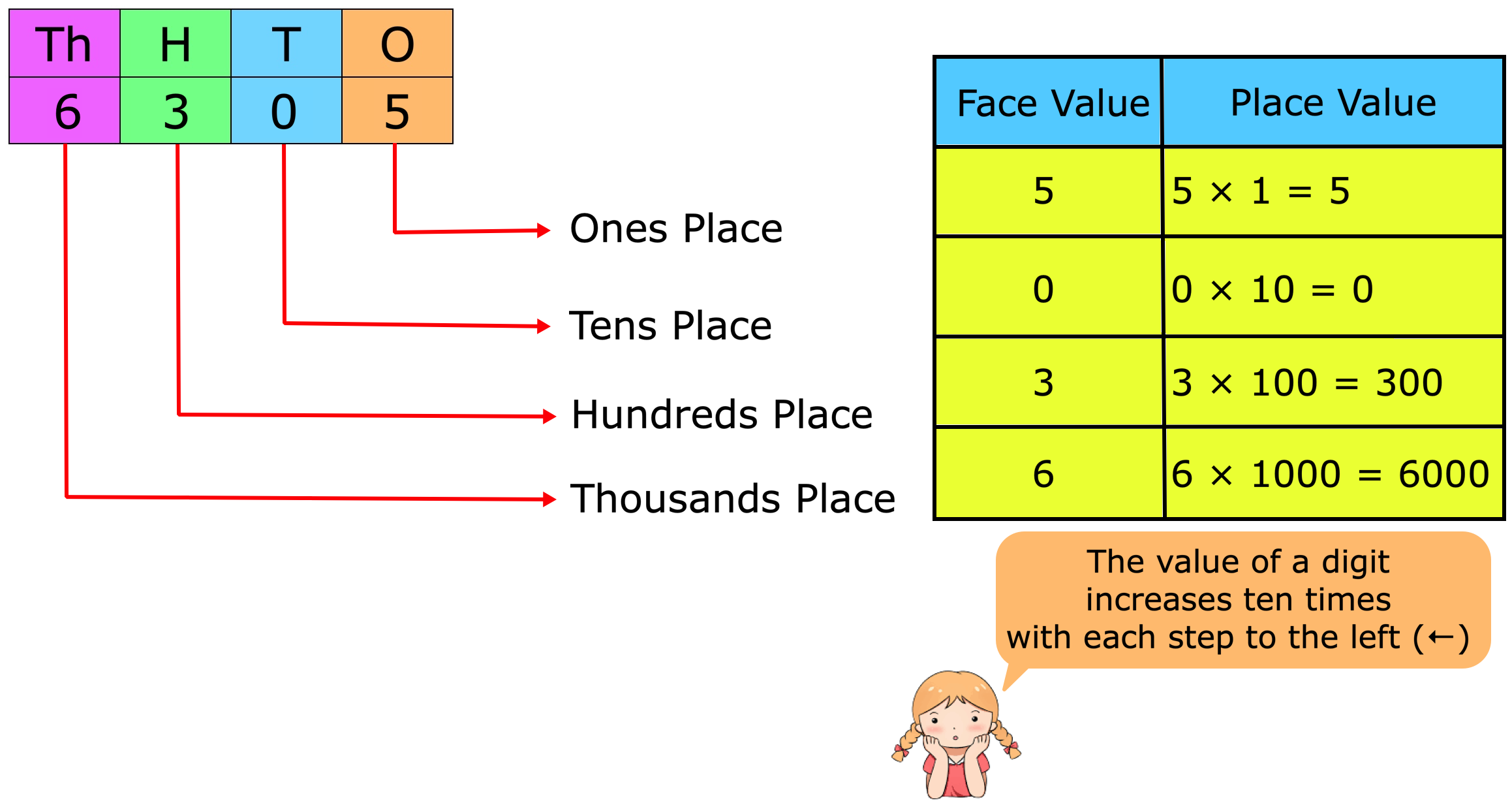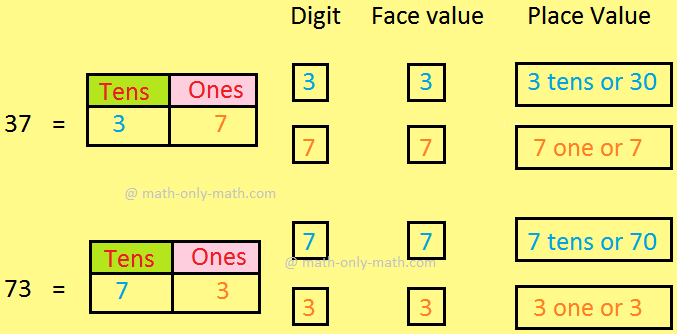Binary Division
The method followed in binary division is also similar to that adopted in decimal system. However, in the case of binary numbers, the operation is simpler because the quotient can have either 1 or 0 depending upon the divisor.
The table for binary division is
| - | 1 | 0 |
| 1 | 1 | Meaning less |
| 0 | 0 | Meaning less |
The binary division operation is illustrated by the following examples:
Evaluate:
(i) 11001 ÷ 101
Solution:
101
101
101
Hence the quotient is 101
(ii) 11101.01 ÷ 1100
Solution:
1100) 11101.01 (10.01111100
10101
1100
0010
1100
1100
1100
Hence the quotient is 10.0111
(iii) 10110.1 ÷ 1101
Solution:
1101) 10110.1 (1.1011101
10011
1101
11000
1101
1011
Thus the quotient is 1.101 upto 3 places of binary point and the remainder is 1.011.
(iv) 101.11 ÷ 111
Solution:
111) 101.11 (0.1111 1
10 01
1 11
10
Thus the quotient is 0.11 upto 2 places of binary point and the remainder is 0.1.
- Why Binary Numbers are Used
- Binary to Decimal Conversion
- Conversion of Numbers
- Hexa-decimal Number System
- Conversion of Binary Numbers to Octal or Hexa-decimal Numbers
- Octal and Hexa-Decimal Numbers
- Signed-magnitude Representation
- Radix Complement
- Diminished Radix Complement
- Arithmetic Operations of Binary Numbers
From Binary Division to HOME PAGE
Didn't find what you were looking for? Or want to know more information about Math Only Math. Use this Google Search to find what you need.
Recent Articles
-
Place Value and Face Value | Place and Face Value of Larger Number
Apr 13, 25 03:12 PM
The place value of a digit in a number is the value it holds to be at the place in the number. We know about the place value and face value of a digit and we will learn about it in details. We know th… -
Face Value and Place Value|Difference Between Place Value & Face Value
Apr 13, 25 03:07 PM
What is the difference between face value and place value of digits? Before we proceed to face value and place value let us recall the expanded form of a number. The face value of a digit is the digit… -
Place Value and Face Value | Basic Concept on Place Value | Face Value
Apr 13, 25 02:59 PM
Learn the easiest way to understand the basic concept on place value and face value in the second grade. Suppose we write a number in figures 435 in words we write four hundred thirty five. -
Expressing Place Value and Face Value | International & Indian System
Apr 13, 25 02:35 PM
We will learn expressing place value and face value of a digit in any number in International and Indian system. Place value: We know how to find out the place value of a digit in any number. -
5th Grade Decimals | Word Problem on Decimals | Concept of Decimals
Apr 13, 25 02:16 PM
A fractional number whose denominator is 10 or multiple of 10 is called a decimal. Every decimal has two parts whole number part and decimal part. These two parts are separated by a dot or point. This…





New! Comments
Have your say about what you just read! Leave me a comment in the box below. Ask a Question or Answer a Question.